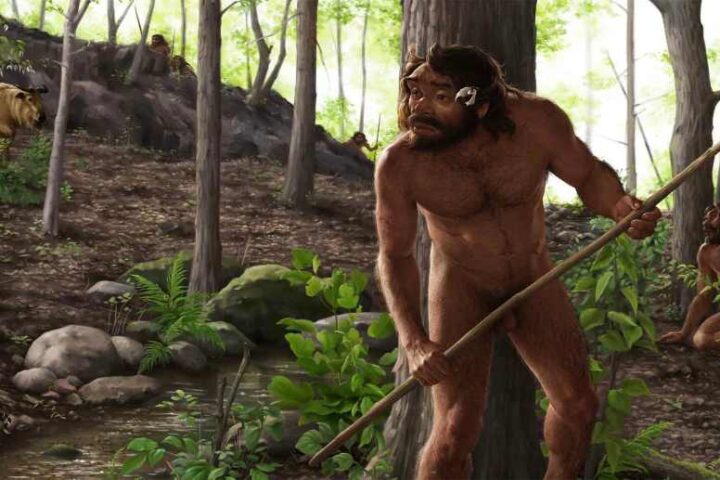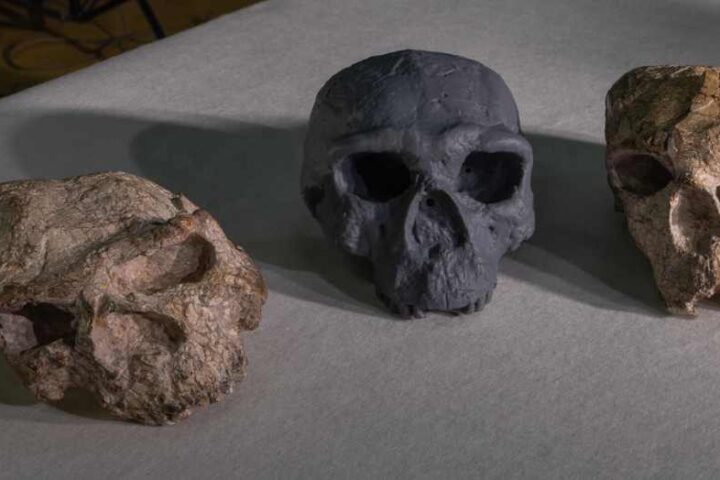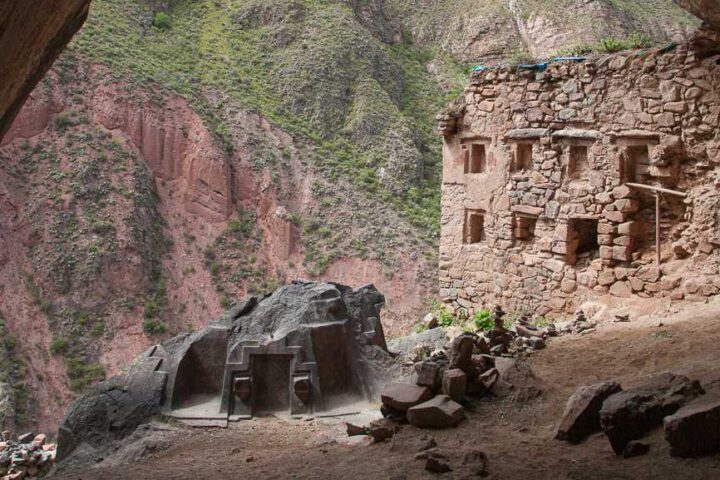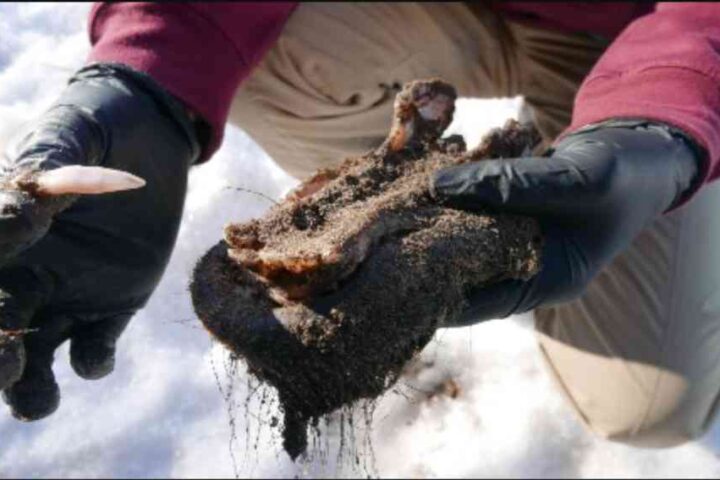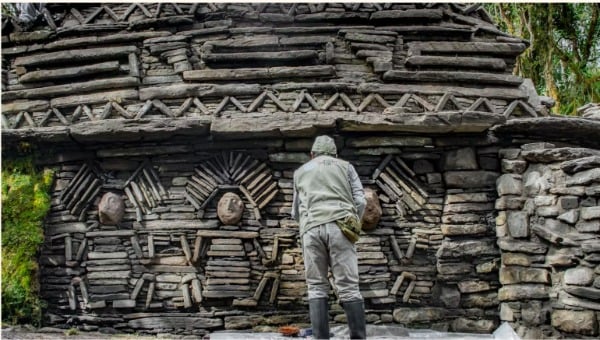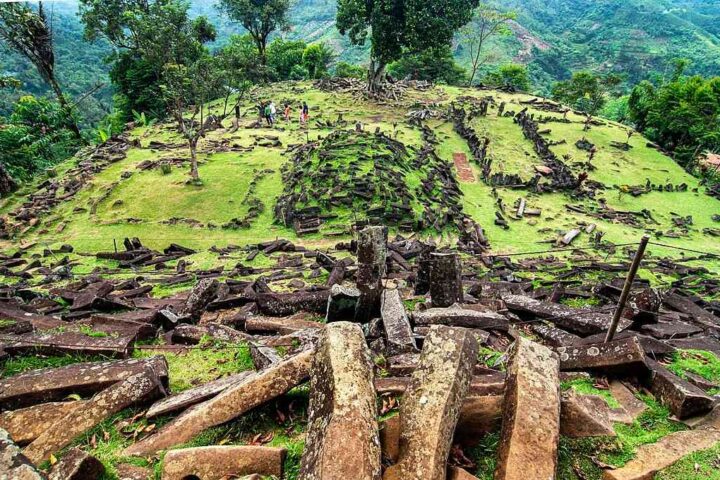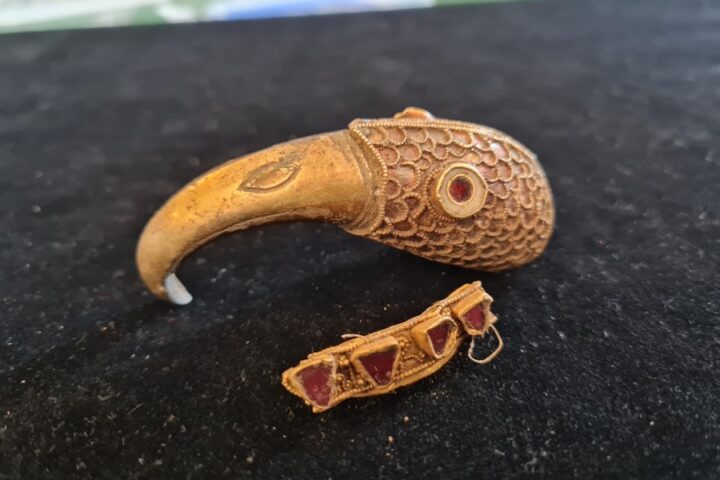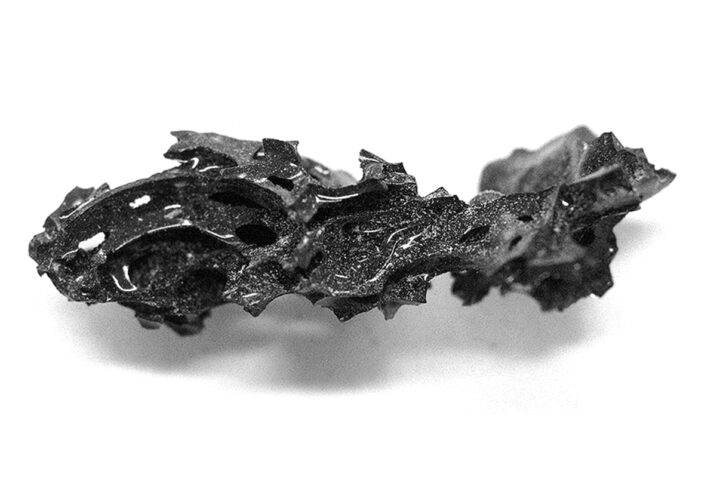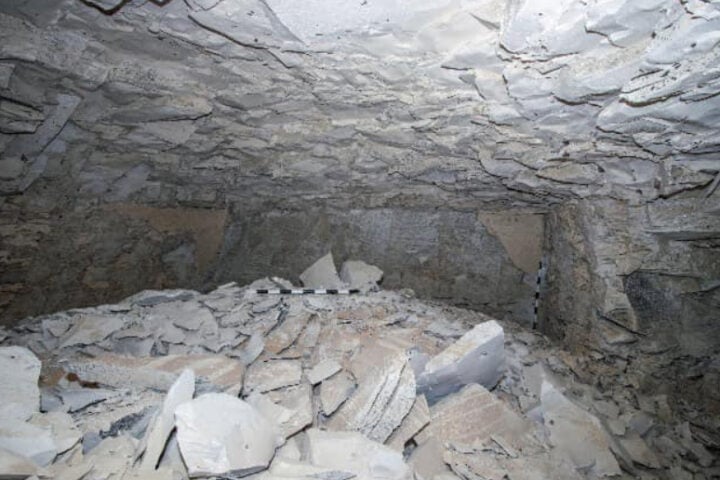Scientists have uncovered new details about how the world’s first farming villages formed and connected with each other. By studying teeth from ancient remains in Syria, researchers have revealed previously invisible patterns of human movement from over 11,000 years ago.
A team from Durham University and the University of Liverpool analyzed chemical signatures in teeth from 71 individuals spanning the entire Neolithic period (11,600 to 7,500 years ago). These remains came from five archaeological sites in modern-day Syria.
The research shows that early farming communities were surprisingly open to outsiders. Strontium and oxygen isotopes in tooth enamel act like geographic fingerprints, showing whether someone grew up locally or moved from elsewhere.
“The Late Neolithic period in this region is known for new cross-regional networks, innovation, and movement of material culture,” said Dr. Jo-Hannah Plug, first author of the study who is now at the University of Oxford.
The study found that once permanent villages were established, most people stayed local and strengthened ties to particular communities. But toward the end of the Neolithic period, women were more likely than men to move between communities. This suggests patrilocal traditions where women relocated for marriage while men remained in their birth villages.
This movement pattern likely evolved as a practical solution to prevent inbreeding in small communities. By exchanging marriage partners across villages, these early farmers maintained genetic diversity while building regional connections.
Dr. Eva Fernandez-Dominguez, senior author from Durham University, said this research allows us to see how mobility and social connections shaped the earliest farming societies.
Similar Posts
At Tell Halula, one of the sites studied, researchers found multiple layers of human remains preserved within house floors. Analysis showed both locals and newcomers buried together in the same houses with identical funeral practices.
Further evidence across all sites revealed that people from different origins were buried side by side in the same cemeteries. They received similar elaborate burial items and underwent the same post-mortem practices, like being positioned in seated postures.
These findings challenge previous assumptions about early farming villages. Rather than being closed or isolated communities, they maintained connections through movement and exchange. Newcomers were fully integrated into village life, suggesting these societies valued inclusion.
The research provides a rare window into social dynamics from thousands of years ago. It shows that human mobility and community integration have deep roots in our history. Even as people first settled into permanent villages, they maintained networks that helped sustain their communities over generations.
Scientists used tooth enamel for this research because it forms during childhood and preserves chemical markers from that location throughout life. This creates a permanent record of where someone grew up.
The study fills a major knowledge gap about the Northern Levant, a key region for the spread of agriculture and settled human societies. It demonstrates how scientific techniques can transform our understanding of ancient social structures and human movement patterns.
This discovery adds another piece to our understanding of how humans transitioned from nomadic hunter-gatherers to settled farming communities – one of the most significant shifts in human history.




